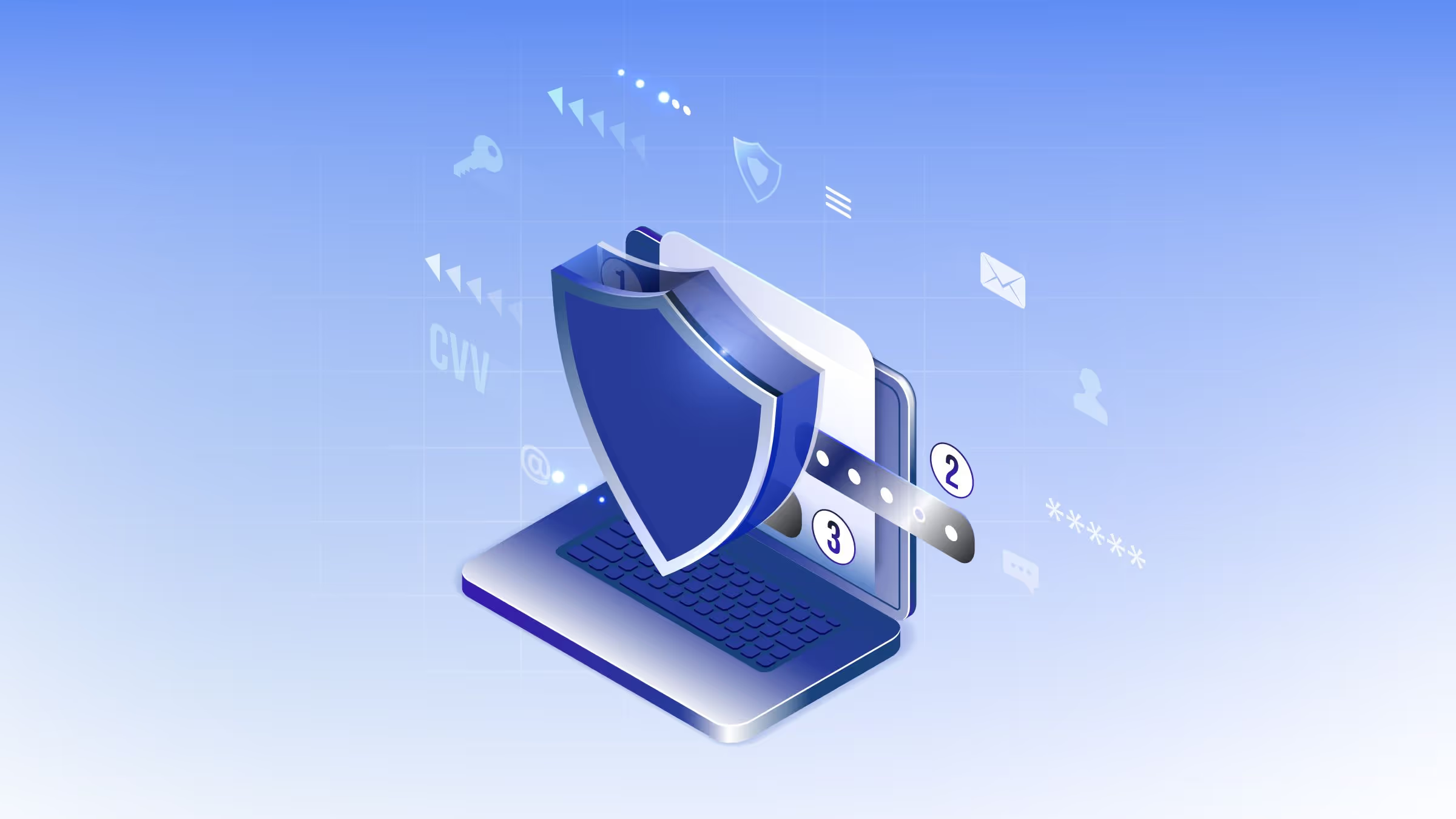10 tips for maximum security in Cloud infrastructure

Cloud services play a key role in multiple corporate functions, serving purposes ranging from data storage in platforms and deploying IT infrastructure on Amazon Web Services (AWS). These services empower organizations to enhance their agility, facilitating faster business operations often at a reduced cost.
However, leveraging any cloud service introduces challenges and risks related to data security.
So taking into account the challenges of having highly secured cloud environments, it’s essential to understand the key to achieve cloud security. From implementing multi-factor authentication to leveraging cloud-native security tools, there are many implementations for protecting sensitive data from cyber attacks.
Let’s check 10 best practices for cloud security that provides companies a guide to a secure cloud environment:
1. Implement Multi-Factor Authentication (MFA)
Make stronger your defenses by enabling multi-factor authentication across all access points. This adds an additional layer of security beyond passwords, making it significantly harder for unauthorized users to gain access.
2. Regularly update and patch systems
Stay ahead of potential vulnerabilities by ensuring all systems and software are up-to-date. Regularly apply patches and security updates to mitigate the risk of exploitation by cyber threats targeting known weaknesses.
3. Conduct regular security audits
Frequently assess your infrastructure's security posture through comprehensive audits. Identify and address potential vulnerabilities, ensuring that your defense mechanisms evolve alongside emerging cyber threats.
4. Encrypt data both in transit and at rest
Protect sensitive information by implementing encryption protocols for data during transit and while at rest. This safeguard ensures that even if data is intercepted, it remains unreadable without the appropriate decryption keys.
5. Employ network segmentation
Improve security by dividing your network into segments, restricting unauthorized access to critical assets. In the event of a breach, segmentation can limit lateral movement, preventing attackers from easily navigating through your infrastructure.

6. Leverage Cloud-Native security tools
Take advantage of security tools specifically designed for cloud environments. Utilize features such as firewalls, intrusion detection systems, and log analysis tools to enhance your overall cybersecurity posture within the cloud.
7. Educate and train your team
Empower your team with cybersecurity awareness training. Human error is a common factor in security breaches, so educating your staff on best practices, social engineering tactics, and potential threats is crucial for maintaining a secure environment.
8. Regularly back up your data
Mitigate the impact of potential data loss or ransomware attacks by regularly backing up your critical information. Ensure backups are secure and easily retrievable, providing a safety net in case of unexpected incidents.
9. Establish incident response plans
Prepare for the worst by developing detailed incident response plans. Define clear protocols for identifying, containing, eradicating, recovering from, and analyzing security incidents. A well-structured response plan can significantly minimize the impact of a security breach.
10. Monitor and analyze user behavior
Implement tools that monitor and analyze user behavior within your infrastructure. Detect anomalies and potential security incidents by understanding typical user patterns, allowing you to respond proactively to emerging threats.




.avif)
.avif)
